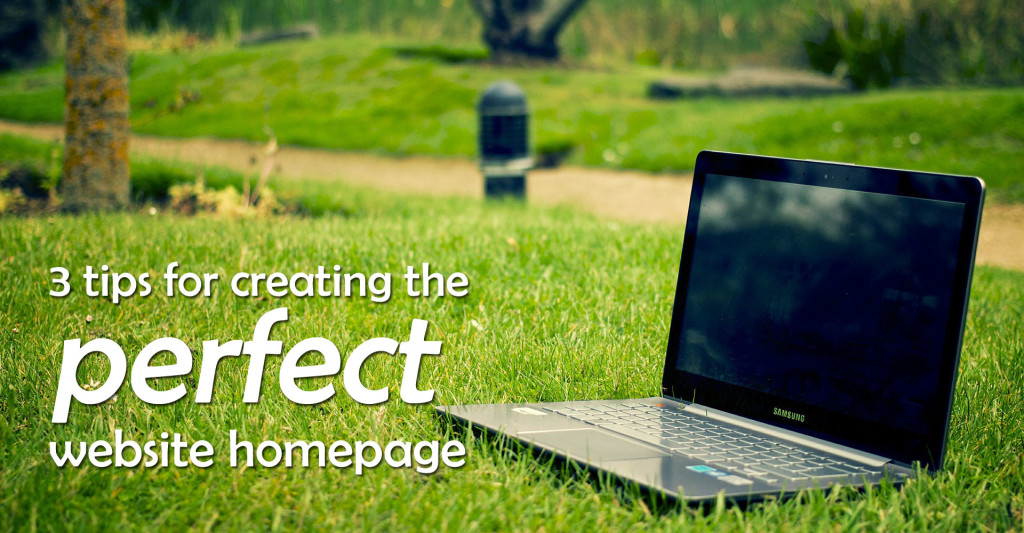
When I ask people what they think is the most important page on their website, most respond quite simply that it’s their homepage. It’s as if this is a programmed response to a question I should not even bother asking.
While it’s difficult to conclusively say whether or not the homepage is any more or less important than any other page on your site, there is one measurement that suggests they are right. For more companies, the homepage gets the most traffic. And that means for most companies, the homepage is the one page on their site that the most people will see.
If that’s what makes a page important relative to the rest of a site, they’re right. And it’s no wonder why when so many people talk about improving their website, they start with the homepage.
It’s the page that all other pages, the site as a whole really, stems from.
So what makes for a perfect homepage?
Compare Google.com and Amazon.com and you’ll quickly see how different two homepages can look. But if you take a step back from the stark contrast in their initial appearance, you find that the objective of each company’s homepage is the same.
1. Orient the visitor arriving on the page, and
2. Get them off the page on onto the next one
Those are the two objectives that I believe every great homepage should strive for. You want someone landing on it for the first time of the ten thousandth time to know where they are and how to get to what they want.
So how do you build a homepage that accomplishes those objectives?
Here are 3 suggestions:
1. Clarify
Objective #1 is orient the visitor, meaning your homepage should make it very clear who you are and what you do.
A prominent logo along with a few words or sentences about your company quickly tells someone visiting for the first time that they’ve come to the right place. Include a tagline or unique value proposition that shows them you can solve their problem better than the competition. And then tell them what to do next. Don’t be too cute or clever, be direct.
2. Simplify
Objective #2 says that the ultimate goal of the homepage is to get them off the homepage and onto the next page, moving down the path to conversion. The best way to do that is to limit what you put on your homepage.
Many companies try to put everything they do on their homepage. But that only leads to information overload and confused visitors. Kill the clutter and make it easy for someone to find what they’re looking for.
3. Responsify
Okay so I couldn’t make the theme work for this third point. But the point is a simple one. Through either responsive design or a mobile specific design, you want to be sure that the mobile experience matches or exceeds the desktop experience.
The percent of traffic to your site, and your homepage, coming from mobile devices is high and going higher. Ignoring this segment of your visitors is the quickest way I know to sabotaging your business.




It’s amazing how difficult creating a good homepage actually is. It seems like it should be this simple task, but then you go to do it and you find that it’s actually pretty difficult. What do I write on there? How do I get them to stay on the site? Should I use the fancy parallax theme or do I use a more old fashioned one? It can be quite a conundrum!